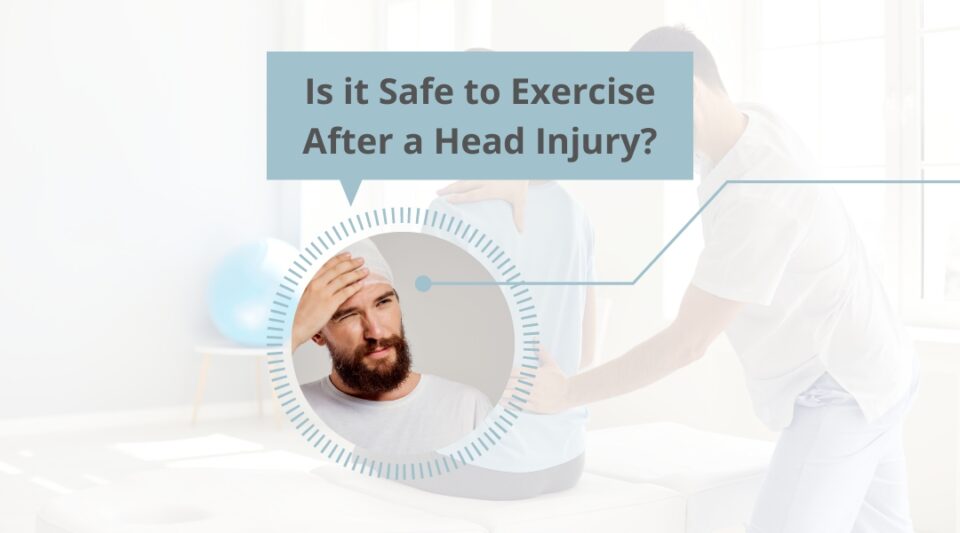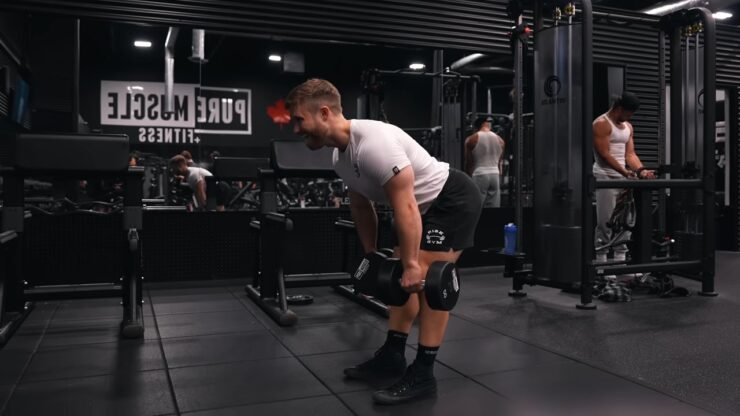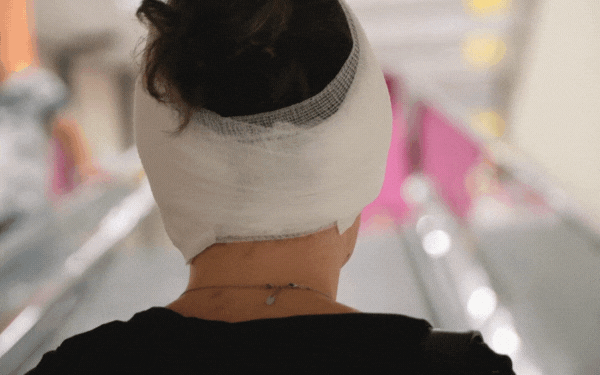Head injuries are common and can range from minor to life-threatening. They include concussions, skull fractures, and internal bleeding. Head injuries can happen in various ways. Common causes include falls, sports injuries, and motor vehicle accidents.
One question that often arises after a head injury is whether it is safe to exercise. If you are a fitness fanatic, here are a few things to know about exercising after a head injury.
Contents
1. Rest is Important
After a head injury, you must allow your brain time to rest and recover. The brain is a delicate organ; even a mild concussion can cause significant damage. Resting allows the brain to heal and repair itself.
The length of the rest period will depend on the severity of the injury. Your doctor may recommend a period of rest ranging from a few days to several weeks. Their decision depends on the specifics of your injury.
2. Get Medical Attention
You must seek medical attention before resuming exercise after a head injury. A doctor will evaluate the injury and offer guidance on when it is safe to start exercising again.
They may recommend a gradual return to exercise. You can start with low-impact activities and slowly increase intensity and duration over time. This ensures that you do not cause further damage to your brain and promotes full recovery.
3. Avoid Contact Sports
Contact sports include football, soccer, and hockey. These sports can increase the risk of another head injury. You would be wise to avoid them during recovery.
A second head injury can have serious long-term consequences. It is even worse if it occurs before the first injury fully recovers. Repeated head injuries can lead to chronic traumatic encephalopathy (CTE). The condition causes symptoms like memory loss, depression, and dementia. Ensure you’re fully recovered before going back to contact sports.
4. Start with Low-Impact Activities
When you are ready to start exercising again, start with low-impact activities. Avoid anything that puts undue stress on your body, especially your head. Low-impact activities include walking, swimming, cycling, and yoga. They help you build strength and endurance without risking further injury.
When resuming exercise after a head injury, always listen to your body. Pay attention to symptoms like headaches, dizziness, or nausea, and adjust your activity level accordingly.
If the symptoms persist, stop exercising and rest until they subside. Pushing through symptoms can increase the risk of further injury. It can delay your recovery.
5. Gradually Increase Intensity and Duration
As you start to feel better, you may be tempted to push yourself harder and longer. However, you need to take things slow. Gradually increase the intensity and duration of your workouts to avoid further injury.
Increase your exercise intensity and duration by no more than 10% each week, giving your body time to adapt to the increased stress. Gradual progression will help you build strength and endurance safely. When in doubt, get your doctor’s recommendation.
6. Hydrate
Everyone needs to hydrate, but it is crucial when exercising after a head injury. Dehydration can cause headaches and other symptoms often mistaken for the effects of the head injury.
Drink plenty of water before, during, and after exercise. It will help your body function at its best and support your recovery. You can hydrate with fruit juice, fruit-infused water, or coconut water.
7. Wear Appropriate Safety Gear
If you decide to participate in sports or other high-impact activities after a head injury, wear appropriate safety gear. If you are cycling or playing football, for example, always wear a helmet. Wearing appropriate safety gear can reduce the risk of further injury. Always wear well-fitting, high-quality gear for adequate protection.
Avoid activities that increase your risk of falling, as they can cause additional head injuries. Avoid activities that require balance, like skateboarding or rollerblading, until a doctor has given the go-ahead.
If you must participate in these activities, wear appropriate safety gear and take additional precautions. Stay away from uneven surfaces and wear appropriate footwear.
8. Be Patient
Recovering from a head injury takes time and patience. Taking a long break from your routine can be frustrating. However, you must give your body time to heal.
Rushing back into exercise can delay your recovery and increase the risk of further injury. Be patient and follow your doctor’s recommendations. You will be able to resume your regular exercise routine in no time.
Exercise Can Even be Used to Treat Head Injuries
Exercise may have therapeutic benefits for treating head injuries. It may promote recovery from concussions and other injuries. Regular physical activity can improve cognitive function, reduce inflammation, and promote the growth of new brain cells.
It can alleviate symptoms like headaches, dizziness, and anxiety, which are common after a head injury. According to this article from CognitiveFX, proper exercise can influence how head injuries are treated.
However, you must follow a carefully structured exercise program tailored to your specific needs and limitations. Get the guidance of a medical professional before going forward. With proper implementation, exercise can supplement other treatments for head injuries.
Exercise Options After a Head Injury
The best way to exercise after a head injury is by using common sense. Avoid anything that could increase your risk of another injury. Anything that makes your body or head jolt is probably unsafe. Avoid running, contact sports, and jumping.
Settle for mild exercises that increase your heart rate safely. Great options include walking at a moderate pace and riding a stationary bike. If you still have unpleasant symptoms, try strength training exercises. Squats, Pilates, and lunges may be appropriate too.
You can exercise even if you don’t feel great yet. However, don’t push yourself too far. Stop and seek a medical opinion if your symptoms seem to worsen.
If you have sustained a head injury, approach exercise with caution. Rest is crucial to allow your brain time to heal. You must seek medical attention before resuming any high-impact activity. Your doctor’s recommendation can help you minimize the risk of further injury. They may help you heal faster.




